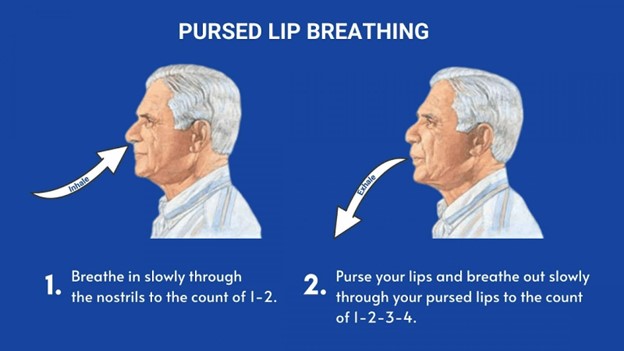A nurse is caring for a client who has a central venous access device. Which of the following actions should the nurse take?
Use a 5-mL syringe to flush the catheter.
Change the site dressing and stabilization device every 24 hr.
Expect blood to appear in the catheter lumen after flushing.
Use chlorhexidine solution to clean the catheter.
The Correct Answer is D
Choice A rationale:
Using a 5-mL syringe to flush the catheter is not the best choice. Central venous access devices typically require a larger syringe for flushing to prevent excessive pressure and potential damage to the catheter. A smaller syringe like the 5-mL syringe can create higher pressure, which could cause complications.
Choice B rationale:
Changing the site dressing and stabilization device every 24 hours is not the recommended practice. The dressing and stabilization device should be changed according to facility policy and as needed, but a rigid 24-hour schedule is not necessary and might increase the risk of infection due to unnecessary exposure.
Choice C rationale:
Expecting blood to appear in the catheter lumen after flushing is incorrect. Blood in the catheter lumen after flushing could indicate complications such as a dislodged catheter or other issues requiring immediate attention. The catheter should ideally remain patent without the presence of blood.
Choice D rationale:
This is the correct choice. Using chlorhexidine solution to clean the catheter is an evidence-based practice to prevent infection at the insertion site. Chlorhexidine has broad-spectrum antimicrobial properties and helps reduce the risk of catheter-related infections.
Nursing Test Bank
Naxlex Comprehensive Predictor Exams
Related Questions
Correct Answer is B
Explanation
Choice A rationale:
Lying down while practicing pursed-lip breathing is not the correct instruction. Pursed-lip breathing is usually performed in a sitting or standing position. Lying down can restrict lung expansion and may not effectively support the purpose of this breathing technique, which is to improve airway pressure and reduce air trapping.
Choice B rationale:
"Exhale slowly through your mouth" is the correct instruction for pursed-lip breathing. This technique involves inhaling through the nose for a count of two and exhaling slowly and steadily through pursed lips for a count of four. The goal is to promote better exhalation, prevent airway collapse, and improve oxygen exchange. The rationale behind this choice is grounded in the mechanics of pursed-lip breathing, which helps create backpressure in the airways, maintaining them open and aiding in proper exhalation.

Choice C rationale:
Inhaling through pursed lips contradicts the proper sequence of pursed-lip breathing. The technique involves inhaling through the nose and exhaling through pursed lips. Inhaling through pursed lips would not provide the intended benefits of the technique.
Choice D rationale:
"Puff your cheeks when exhaling" is not the correct instruction. Puffing the cheeks during exhalation does not contribute to the effectiveness of pursed-lip breathing. This action could potentially impede proper exhalation and defeat the purpose of the technique, which is to control airflow and improve breathing efficiency.
Correct Answer is B
Explanation
Choice A rationale:
While the abbreviation "MSO4" represents morphine sulfate, it is safer to spell out the medication name to prevent misinterpretation. Also, the use of "cc" for volume and lack of clarity in timing make this option less desirable.
Choice B rationale:
(Correct Choice) This option correctly identifies the medication, includes the dose (4 mg), specifies the route (IV), indicates the timing (daily at 0900 before dressing changes), and provides instructions for dilution (5 mL of sterile water).
Choice C rationale:
Using "Q.D." is an abbreviation for "every day" and might lead to confusion due to unfamiliarity. Additionally, using "cc" instead of "mL" and lack of clarity in timing reduce the accuracy of this transcription.
Choice D rationale:
Using "MSO4" and "cc" are potential sources of confusion. Also, the abbreviation "@9 AM" might not be universally understood, and "mL" is a more appropriate unit for volume.
Whether you are a student looking to ace your exams or a practicing nurse seeking to enhance your expertise , our nursing education contents will empower you with the confidence and competence to make a difference in the lives of patients and become a respected leader in the healthcare field.
Visit Naxlex, invest in your future and unlock endless possibilities with our unparalleled nursing education contents today
Report Wrong Answer on the Current Question
Do you disagree with the answer? If yes, what is your expected answer? Explain.
Kindly be descriptive with the issue you are facing.
